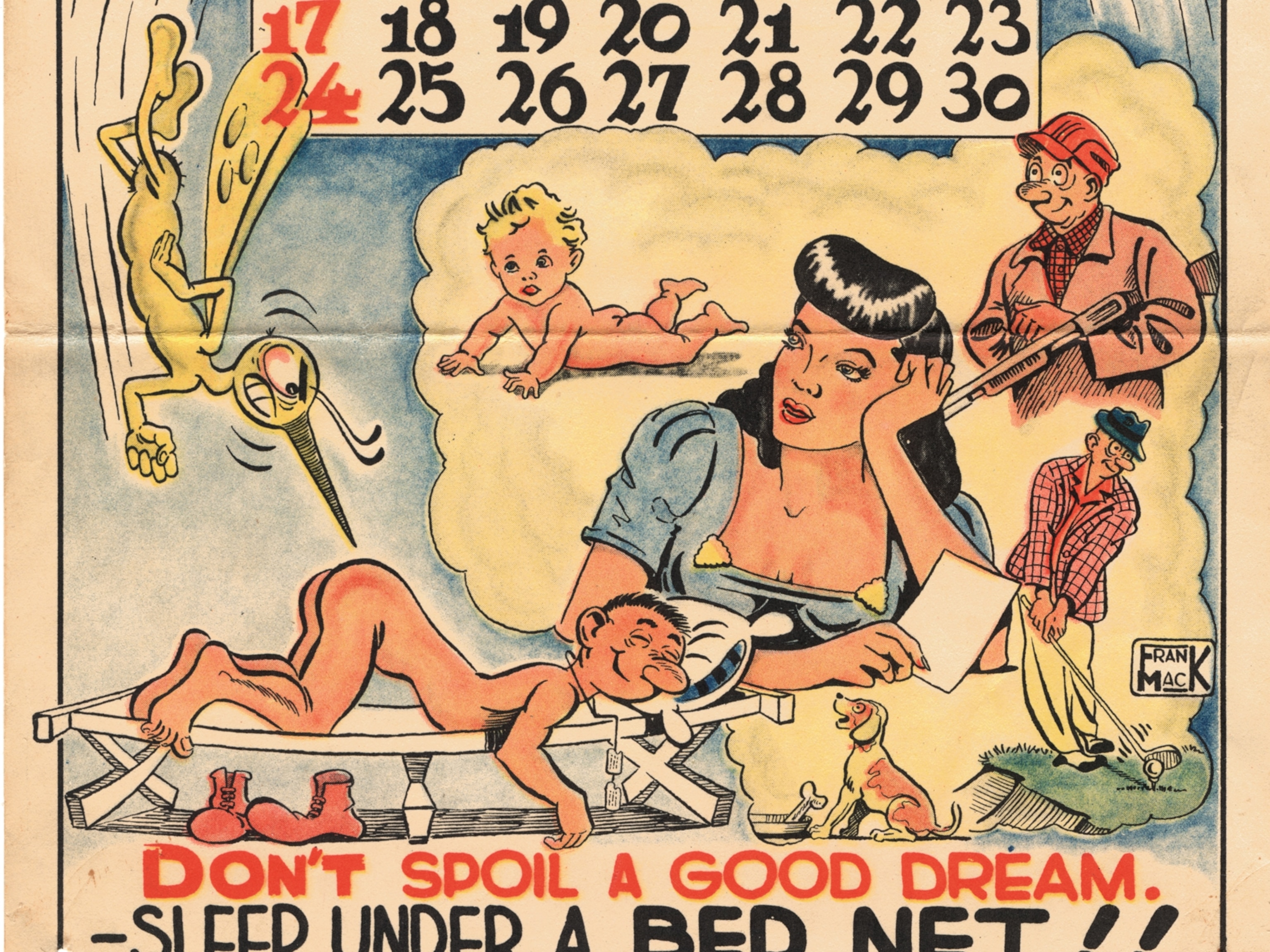
How to Photograph the Invisible
How do you photograph what you can’t see? That’s the obstacle that Chilean photographer Tomás Munita faced as he traveled to the favelas of Recife, Brazil, to photograph the story of the Zika virus.

Unlike other stories Munita has photographed, the main character was hidden. The Aedes aegypti mosquito, which also carries the dengue and chikungunya viruses, conceals itself in puddles of water, bottle caps, and litter, all of which go ignored on the streets. However, Munita discovered that the insect’s wrath was visible in the people that he met, whose lives have been turned upside down by Zika. “Mosquitos teem in poor areas,” said Munita over email, “so most of the affected people are in very difficult economic situations.” His resulting photographs tell the story of these people—their ambivalence, struggle, and, ultimately, perseverance.

MALLORY BENEDICT: Describe the mood in Recife.
TOMÁS MUNITA: Resignation. Even though Zika is in the news all the time, for many it was just one more disease they could get, and many had already caught either dengue or chikungunya from the Aedes aegypti mosquito. But you can see rubbish and other water containers throughout the favelas. That was shocking to me. I was able to see larvae inside people’s water tanks, and they didn’t seem to care very much.


MALLORY: What were some of the obstacles you faced in this assignment?
TOMÁS: Most of the mosquito-affected areas are favelas. This is where mosquitos breed, and people are used to [living] with other diseases transmitted by the same mosquito. Getting to these places was possible but dangerous. I had to be careful and find the right people to take me in. I had to protect myself from mosquitoes as well—repellent, long trousers, and long sleeves were essential, but in such a hot environment it was quite exhausting. Another obstacle during the assignment was the slowness of the army and fumigation teams. Their door-to-door campaigns sometimes [lasted] 15 minutes, or if it was windy for [a] few minutes they would cancel the fumigation during that day. This was very frustrating.


MALLORY: How were families with babies with microcephaly coping with their situation?
TOMÁS: I could see a variety of reactions. Some were exhausted because the baby was constantly demanding. They had epilepsy attacks, trouble falling asleep, and were crying all the time. It was very stressful for the whole family. Some others were lucky, and the child was almost normal, at least for now. But all of them had different reasons to take their baby to the hospital almost every day, which means a full-day visit. Some people mentioned that they couldn’t work anymore and their [significant] other was fired.
Most of the mothers didn’t want to be photographed. They wanted to protect their babies’ identity because there is too much ignorance about microcephaly. One woman told me she was almost kicked out of a pharmacy because they thought her baby could spread the virus.


MALLORY: As a father, what was it like seeing the babies with microcephaly?
TOMÁS: It was something painfully sad and unfair. This whole disease affects specifically these young babies who are just opening their eyes to life.
Tomás Munita photographed the Patagonia Cowboys story for the December 2014 issue of National Geographic magazine. See more of his work here.
Related Topics
You May Also Like
Go Further
Animals
- How can we protect grizzlies from their biggest threat—trains?How can we protect grizzlies from their biggest threat—trains?
- This ‘saber-toothed’ salmon wasn’t quite what we thoughtThis ‘saber-toothed’ salmon wasn’t quite what we thought
- Why this rhino-zebra friendship makes perfect senseWhy this rhino-zebra friendship makes perfect sense
- When did bioluminescence evolve? It’s older than we thought.When did bioluminescence evolve? It’s older than we thought.
- Soy, skim … spider. Are any of these technically milk?Soy, skim … spider. Are any of these technically milk?
Environment
- Are the Great Lakes the key to solving America’s emissions conundrum?Are the Great Lakes the key to solving America’s emissions conundrum?
- The world’s historic sites face climate change. Can Petra lead the way?The world’s historic sites face climate change. Can Petra lead the way?
- This pristine piece of the Amazon shows nature’s resilienceThis pristine piece of the Amazon shows nature’s resilience
- Listen to 30 years of climate change transformed into haunting musicListen to 30 years of climate change transformed into haunting music
History & Culture
- Meet the original members of the tortured poets departmentMeet the original members of the tortured poets department
- Séances at the White House? Why these first ladies turned to the occultSéances at the White House? Why these first ladies turned to the occult
- Gambling is everywhere now. When is that a problem?Gambling is everywhere now. When is that a problem?
- Beauty is pain—at least it was in 17th-century SpainBeauty is pain—at least it was in 17th-century Spain
Science
- Here's how astronomers found one of the rarest phenomenons in spaceHere's how astronomers found one of the rarest phenomenons in space
- Not an extrovert or introvert? There’s a word for that.Not an extrovert or introvert? There’s a word for that.
- NASA has a plan to clean up space junk—but is going green enough?NASA has a plan to clean up space junk—but is going green enough?
- Soy, skim … spider. Are any of these technically milk?Soy, skim … spider. Are any of these technically milk?
Travel
- Dina Macki on Omani cuisine and Zanzibari flavoursDina Macki on Omani cuisine and Zanzibari flavours
- How to see Mexico's Baja California beyond the beachesHow to see Mexico's Baja California beyond the beaches
- Could Mexico's Chepe Express be the ultimate slow rail adventure?Could Mexico's Chepe Express be the ultimate slow rail adventure?




